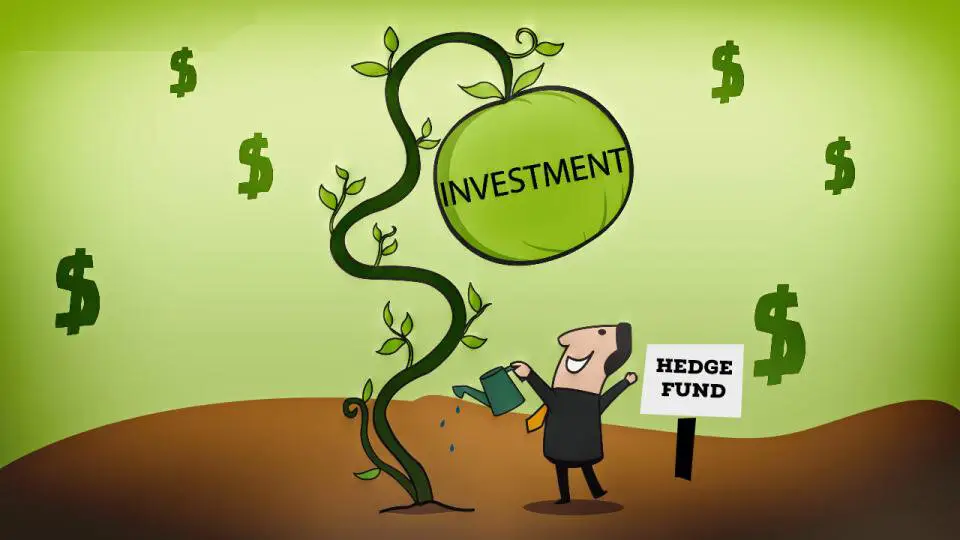Financial markets in 2025 continue to evolve under the influence of digitization, automation, and the integration of artificial intelligence. Participant behavior is changing, transaction execution speed is increasing, and analysis methods are transforming. In conditions of high variability, asset prices depend on factors that were ignored five years ago. That is why the best trading strategies today are not a set of dogmas but adaptive systems based on data management, discipline, and understanding of the market background.
How has the market changed in 2025?
Stock and cryptocurrency markets are becoming closer in terms of logic and tools. Many tokens demonstrate behavior similar to stocks, and the stock sector borrows volatile models from the world of decentralized assets. A trader cannot limit themselves to one type of asset; they must think broadly, tracking correlations and behavioral patterns.

Furthermore, the importance of external news background is growing: regulatory changes, central bank behavior, political conflicts, and even technological factors influence profits and risks. In such an environment, it is important to determine which trading strategies are used effectively and which require adaptation.
The logic of success in 2025
In the era of post-pandemic recovery and accelerated digitization, tactics based solely on charts no longer ensure sustainable results. A combination of factors is required—behavioral analysis, technical models, fundamental evaluation, and consideration of market phases. The best trading strategies allow working in any phase—trending, sideways, or countercyclical—and include elements of automation, signal filtering, and instrument personalization.
Key elements of the modern trading model
For systematic trading in 2025, a comprehensive approach is necessary. Below is a list of characteristics inherent in modern schemes:
- adaptability to changing market phases;
- use of algorithms with false signal filtering;
- working with multiple asset classes;
- alignment with key levels and patterns;
- position volume management based on risk;
- application of relevant indicators;
- interaction with news background;
- scenario-based approach, not linear following of signals;
- multi-currency or multi-asset capability;
- integration of volatility and liquidity analysis.
This set of parameters forms universal and effective trading strategies that withstand the pressures of any market environment and allow for flexible scaling.
Best trading strategies: classification by trading style
The classification of trading models depends on the time interval, instrument, and goal. Below are the leading directions that constitute the core practices of 2025:
- day trading using chart analysis and volumes;
- swing trading based on levels with volatility calculation;
- position entries based on fundamentals and balance data;
- pattern trading with volume confirmation;
- scalping with precise spread management;
- event trading, including economic calendar events;
- combined tactics using AI indicators;
- statistical arbitrage;
- automated bots in Python or Pine Script;
- adaptive models with auto-disable at extreme ATR values.
Using one style without analyzing its effectiveness can lead to losses. Only a combination based on analysis and testing ensures profitability growth and reduces drawdowns.
How to adapt a trading strategy to market conditions?
Adaptation is the foundation of sustainable success in the trading world. The best trading strategies always contain a built-in mechanism capable of reacting to changes in market conditions: trend or flat, volume growth or decline, increased or decreased volatility. When conditions change, it is important not just to follow the plan but to adjust the frequency of trades, profit targets, and stop levels based on the current context.
Traders need to consider many factors: changes in seasonality and daily liquidity, the emergence of major players and market makers, exchange regulation adjustments, instability in the correlation between assets, sharp spikes in speculative interest, and fundamental shifts in the behavior of specific stocks or tokens. The human factor also plays a significant role—fatigue, decreased concentration, and emotional reactions can greatly impact results.
Understanding how to adapt a trading scheme to market conditions is a crucial component possessed by the best trading strategies!
Risk management: turning trading strategies into the best
Without a capital regulation system, no trading model will yield results. Risk management is not just about setting stops but a capital protection system at all levels: from asset selection to position exit.
Below are approaches that are part of the risk control structure:
- position calculation based on total capital;
- use of VAR and ATR coefficients;
- limiting the maximum number of trades per day;
- disabling trading when the loss limit is reached;
- multi-level profit taking (partial TP);
- setting take profits based on historical volatility;
- moving to breakeven after reaching 1R;
- avoiding entry with unclear candlestick structure;
- signal filtering based on volume and news;
- regular audit of the trade journal.
Only with strict risk management will even the best trading strategies be sustainable in the long run.
Trading on the exchange in 2025: principles and practice
Modern trading requires much more from participants than just knowing how to use a terminal. To truly understand how to trade on the exchange, one must be able to analyze market behavior, interpret macroeconomic signals, and apply AI tools effectively to assess the situation in real time.

Effective tactics involve a clear structure: entry is made only when a confirmed signal is present, profit is taken according to a predefined structure or coefficient, exit occurs when the model is broken, and reassessment happens if entry statistics are disrupted. It is this discipline that allows for not just surviving in the market but consistently earning.
Choose from among effective trading strategies
Analyzing market behavior in the current year leads to the conclusion: the best trading strategies are those not tied to a single instrument or approach. Universality, clear logic, adaptability, and discipline are the basis for profitable trading. Stock and cryptocurrency markets offer the flexibility to work if effective schemes are used and risks are not ignored. Only a systematic approach makes investments sustainable and profits reproducible.
 en
en  ru
ru  de
de  ar
ar  es
es  hi
hi  fr
fr  nl
nl  it
it  pt
pt  el
el 










